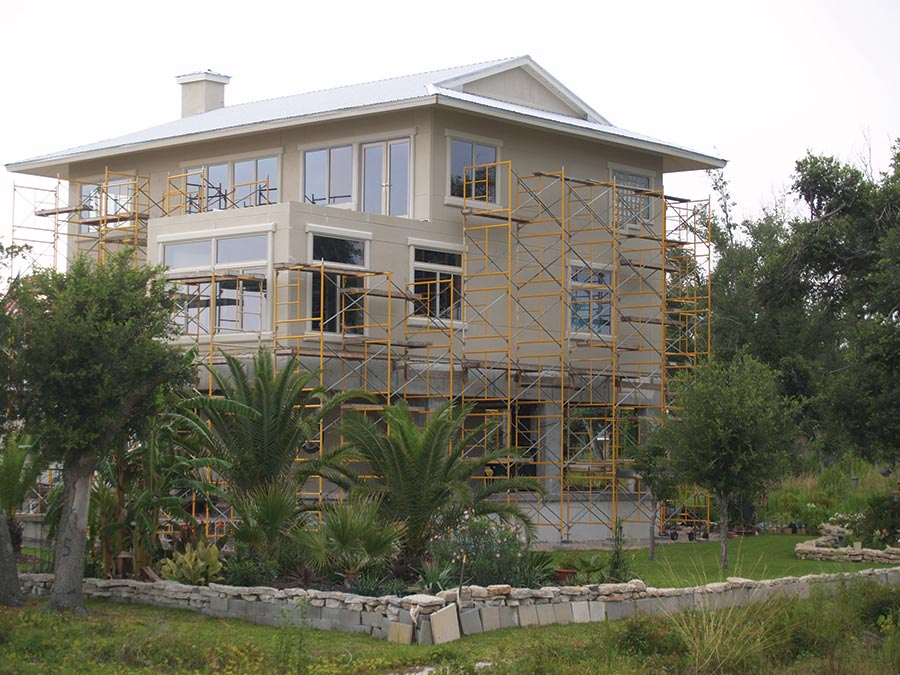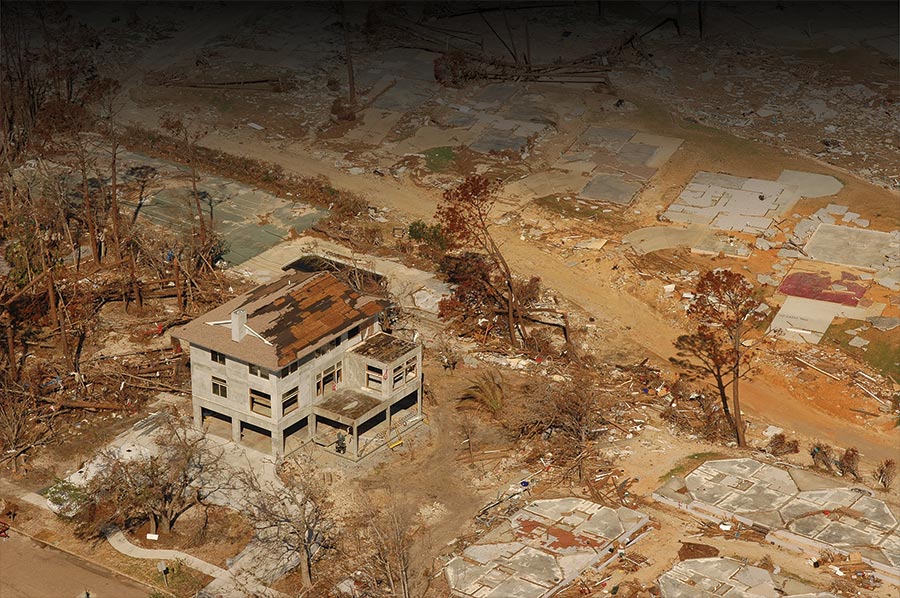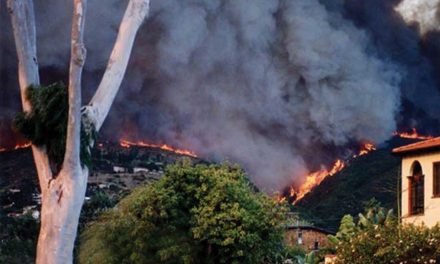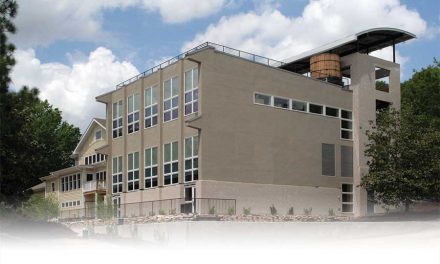Scott Sundburg’s ICF home in Pass Christian, Miss., was made famous by this FEMA photo showing it as the lone survivor in a neighborhood devastated by Hurricane Katrina. Now rebuilt, the home stands as a testament to the durability of insulated concrete form construction.
Perhaps the most famous image to come from the devastation of Katrina is the iconic image of a single home standing strong and structurally intact, while literally nothing was left for blocks around except bare concrete foundations.
The photo was taken by John Fleck, working for the Federal Emergency Management Agency (FEMA), flying over Pass Christian, Mississippi, just days after the disaster.
The home is an ICF home, owned by Scott Sundberg, an ICF enthusiast and professional engineer.
“At the time the home was being built, it was just about the only ICF project in the region, and nobody knew much about them. Of course, now they’re a lot more common.”
In addition to his engineering work, Sundberg works as an ICF designer and architect, and has designed replacement homes for several of his neighbors, including one just across the street.
As for the famous house in the FEMA picture, it survived relatively well, and was able to be repaired. The shingles, blown away by 150 mph winds, have been replaced, as have the windows, which were hit with a 20-foot wall of water.

Repair and renovation was finished last summer. After observing how well the home withstood the storm surge, several neighbors have asked the owner to design ICF homes for them as well.
The exterior was completed last summer, and the interior shortly after. Sundberg says the repair work took longer than expected due to a lack of qualified contractors in the area, and he ended up doing much of the work himself. The family moved back into the home just over a year ago.
“I really look forward to these ‘glamour shots’ replacing our worst hour,” he says. “Those FEMA pictures have made their way to Canada, England, and China.”
“The real part of the story to be told is… the quality of the rebuilding effort,” he continues. “We have a chance to fill our clean slate—there’s a swath of 99.9% destruction from Claremont Harbor to Pascagoula—with strong safe homes that deserve low insurance rates. It’s a ‘golden opportunity’ if we somehow succeed, and the death of the mitigation movement if we build poorly designed, poorly built buildings that fail.”













